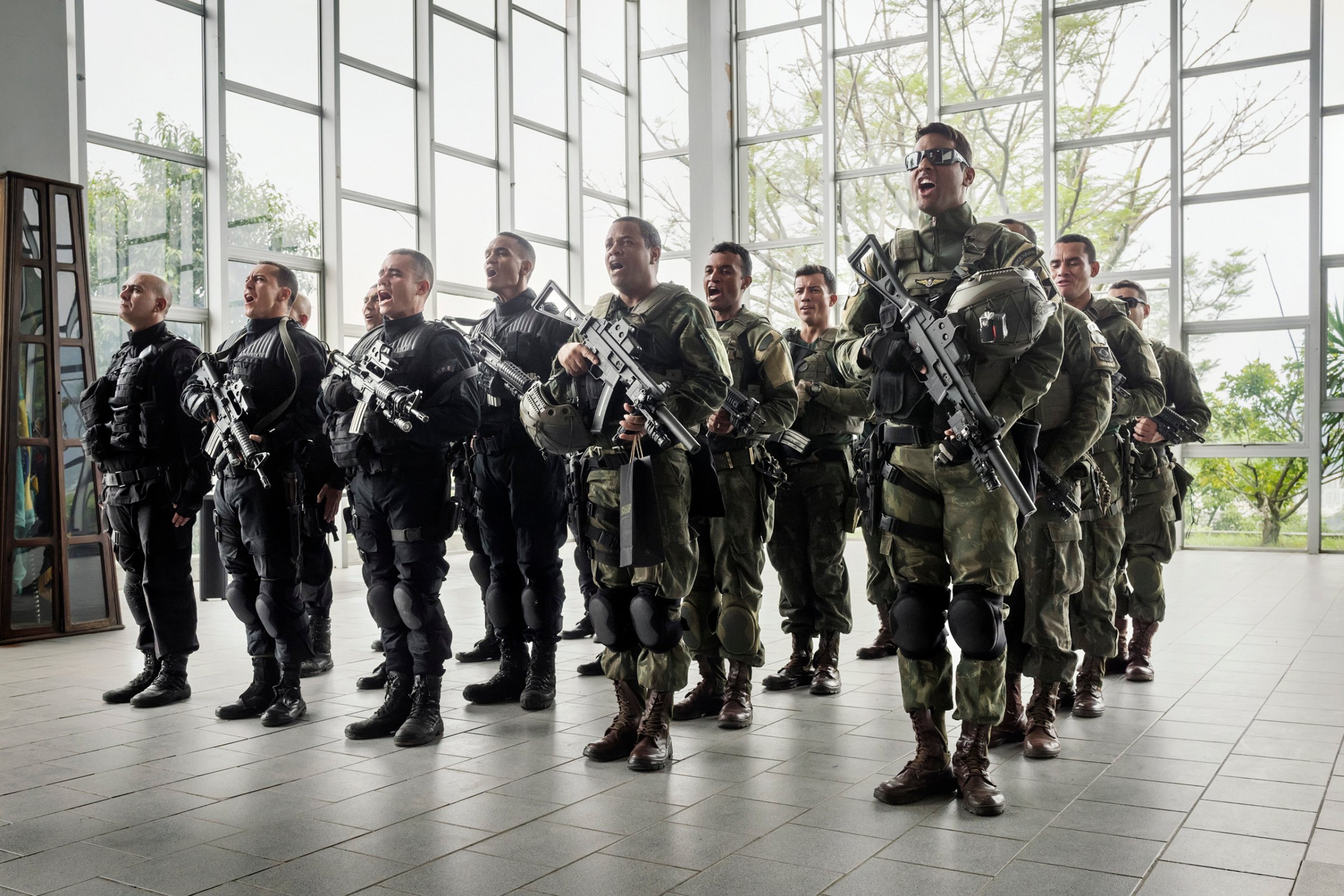
It took six months. Emails requesting access were either ignored or put off by police officials. With help from local journalists, the pursuit continued. It had been nearly eight years since a journalist had been given access to the Special Operations Battalion of Police, or BOPE, in Rio de Janeiro but Cédric Gerbehaye waited patiently.
“It’s part of the task as journalists,” he tells TIME. “If we don’t have that patience or wisdom, we never get the access we want to build for these stories.”
And then on a Tuesday in June, officials gave the Belgium photographer permission to attend a BOPE exercise in the subway system, highlighting their counterterrorism preparedness before the 2016 Summer Olympics. The made-for-television event was to be held the following Thursday, so he boarded the next plane from his home in Brussels to Rio.
The story Gerbehaye sought, along with a writer for the French magazine Le Figaro, was larger than the city’s Olympic emergency contingency. According to Human Rights Watch, 569 people died at the hands of on-duty police officers in Rio between January and October 2015, the highest rate in Brazil. During Gerbehaye’s 10-day trip, 20 gunmen stormed the state’s largest public hospital and successfully retrieved a drug kingpin held there, leaving one dead and two injured. The level of violence displayed by both sides has no end in sight but the pain is most widely felt in Rio’s poor, underserved neighborhoods called favelas. It was the daily struggle of life there that most interested him and became an important part of his photo essay.
Gerbehaye convinced the BOPE to expand his access – he photographed additional training exercises like aerial trips in the unit’s new helicopter and progression walks on the streets with officers wielding big semi-automatic rifles. In his downtime, he explored the dense, crowded favelas with his small camera and the help of a local translator. Tangled electrical wires hung from homes and poles like vines in a jungle and untended waterspouts trickled into the narrow alleys. Although these neighborhoods are where the BOPE and drug traffickers clash, Gerbehaye rarely felt unsafe. “People want you to think the danger is concentrated to one place but it’s at some peak moments that there is danger,” says Gerbehaye, referring to these moments when the BOPE and traffickers clash.
“When they arrive with an armored vehicle, heavily armed, people are afraid,” says Gerbehaye. “Some of the BOPE consider themselves on a mission and everything should be open to them.”
A photographer does not have that luxury of access. Gerbehaye’s time in the favelas was important because it showed him a different perspective than one portrayed by police officials and media reports. It revealed another layer to the story. Like his other work, including documenting conflict in Congo and South Sudan, and even the way of life in his own country, the story of Rio requires long-term, nuanced exposure. Until then, he will wait.
Cedric Gerbehaye is a photographer based in Belgium. He is represented by Agence Vu.
Alice Gabriner, who edited this photo essay, is TIME’s International Photo Editor.
Michael Bucher is a contributor to TIME LightBox.

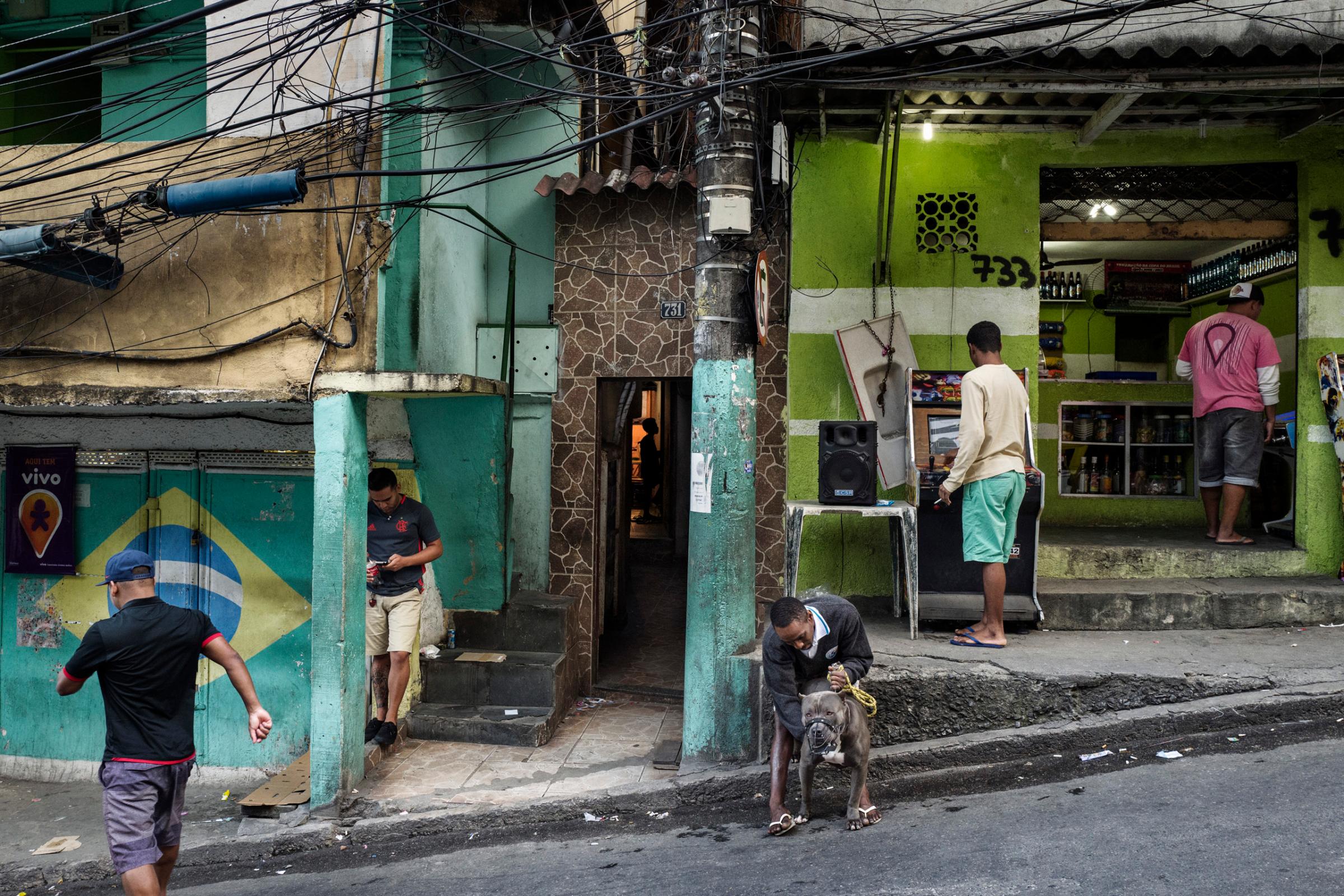
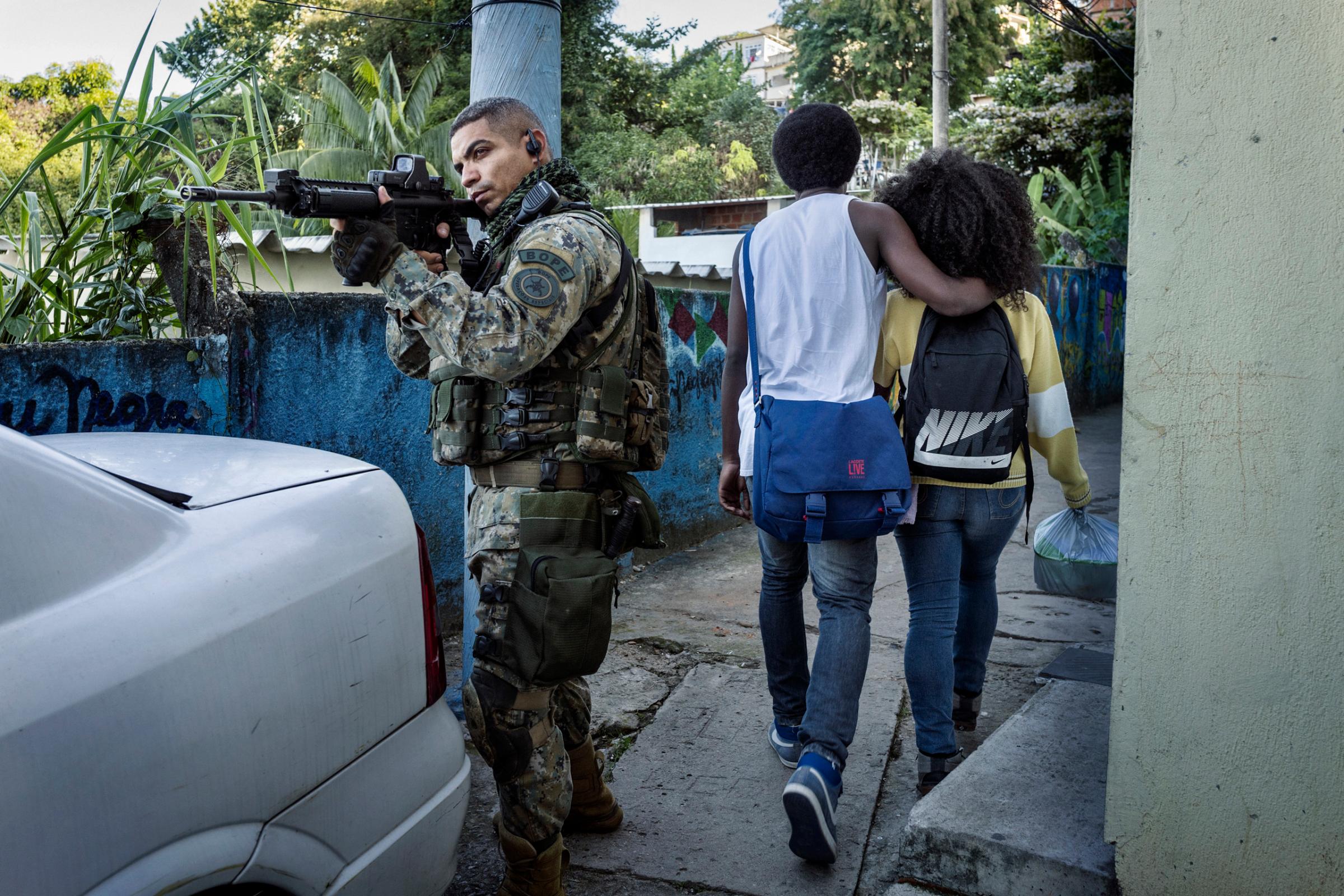





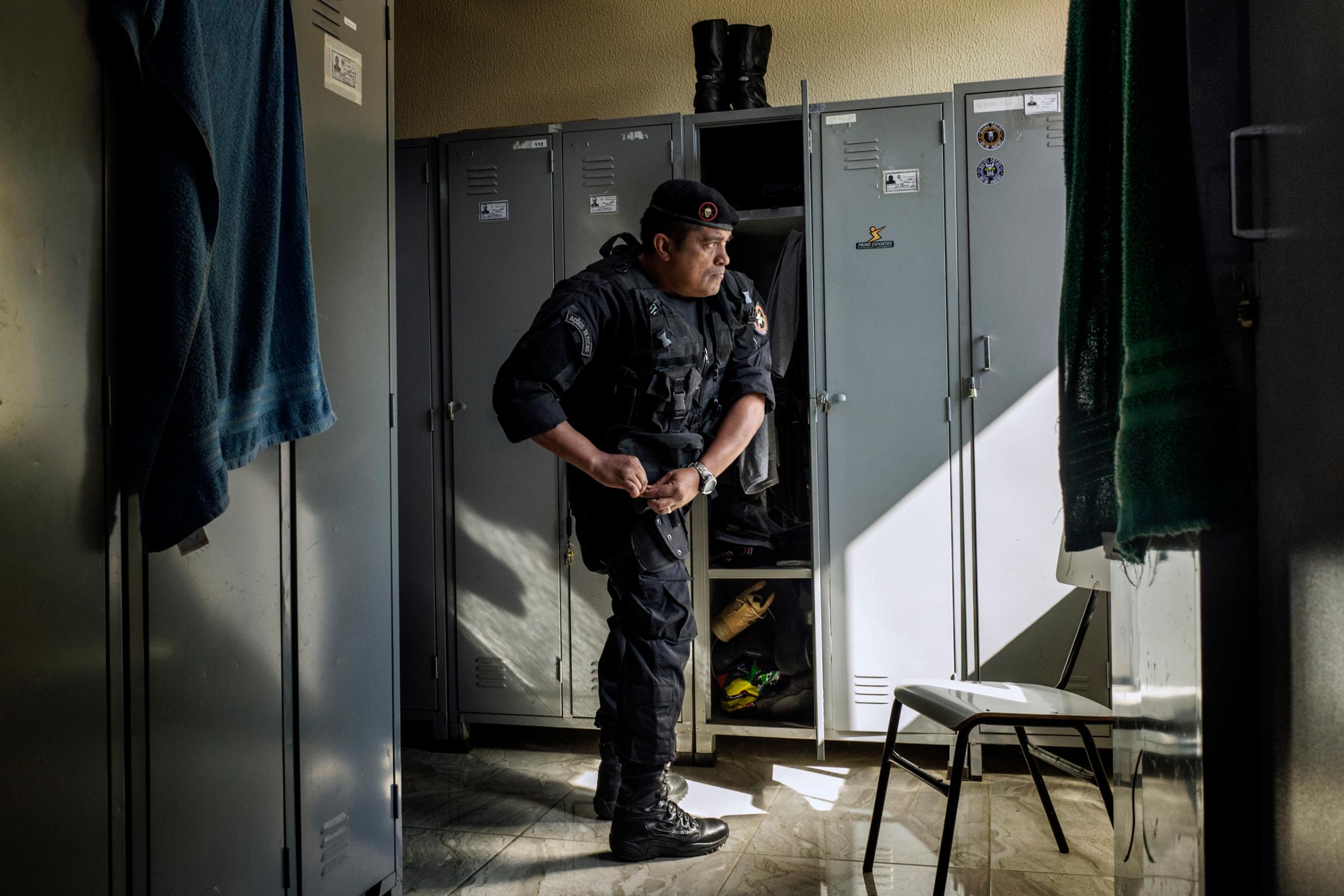
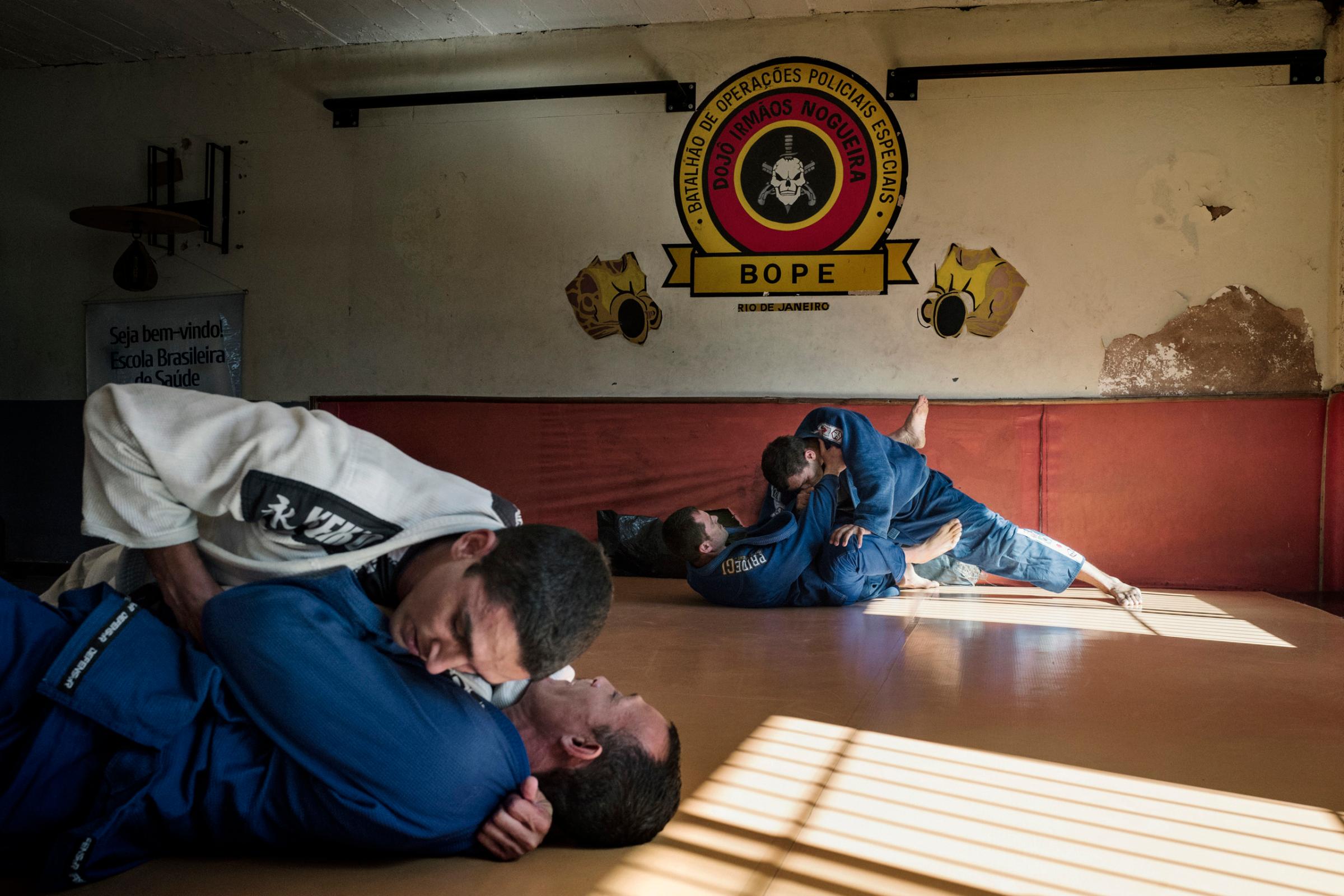

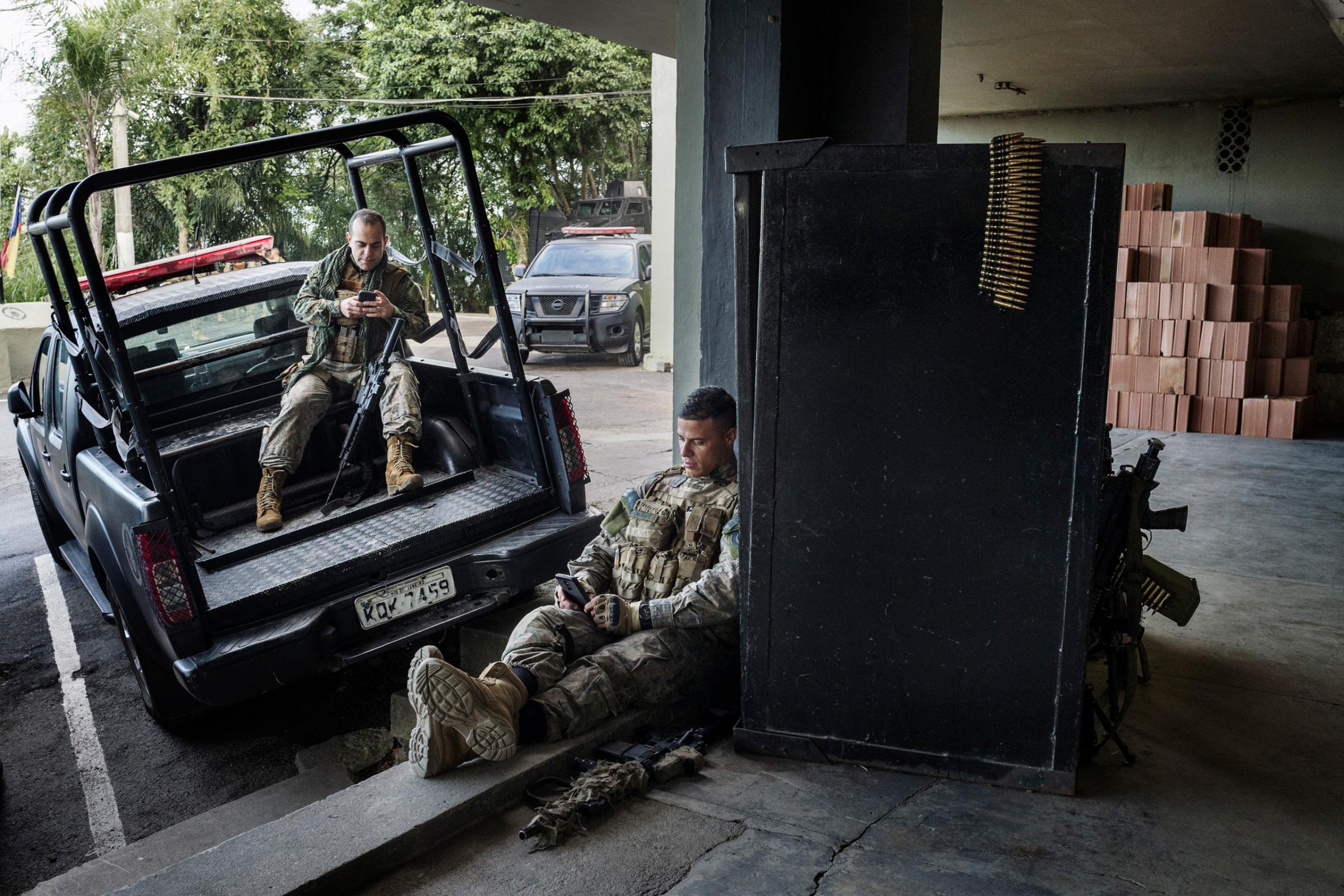
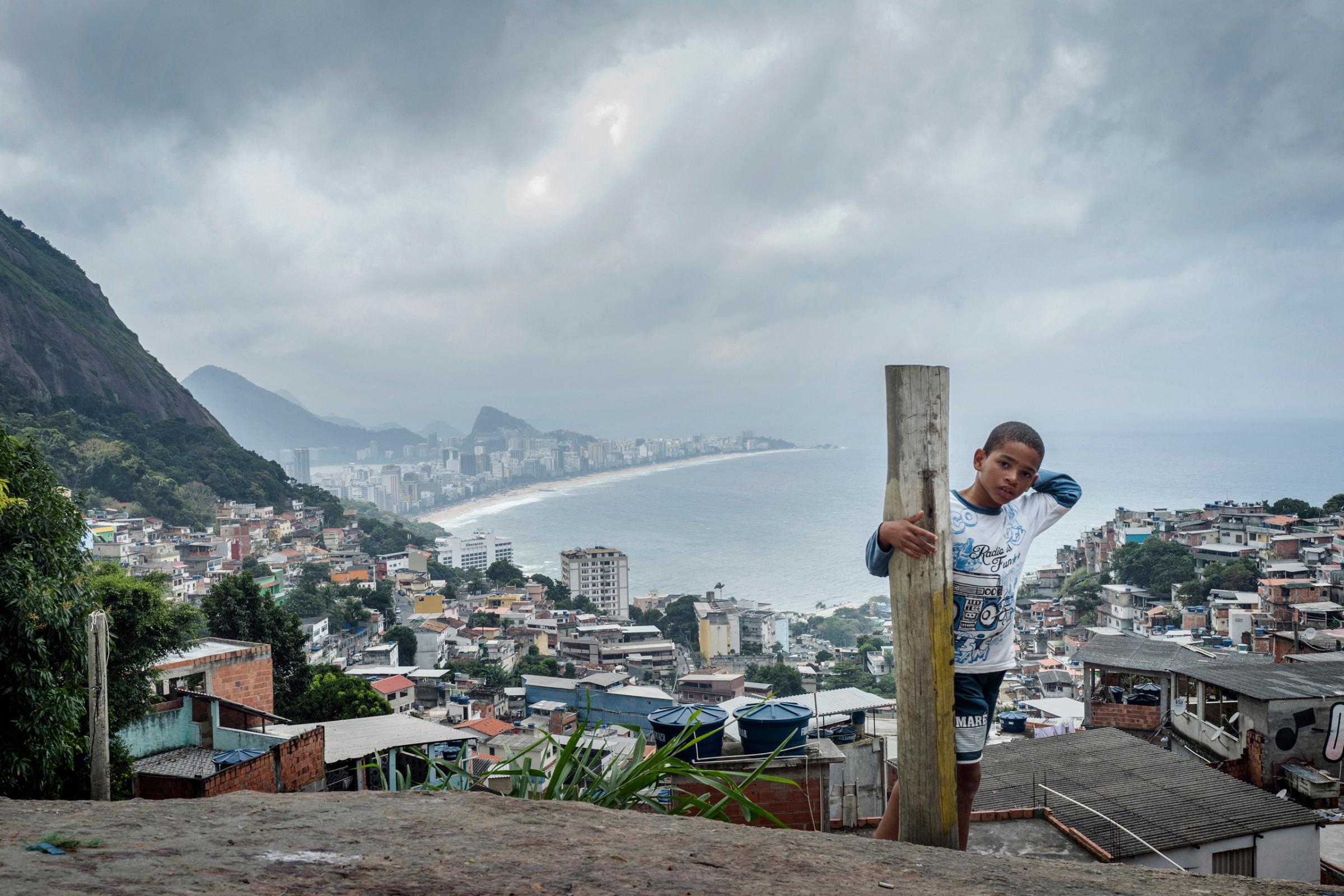
More Must-Reads From TIME
- The 100 Most Influential People of 2024
- Coco Gauff Is Playing for Herself Now
- Scenes From Pro-Palestinian Encampments Across U.S. Universities
- 6 Compliments That Land Every Time
- If You're Dating Right Now , You're Brave: Column
- The AI That Could Heal a Divided Internet
- Fallout Is a Brilliant Model for the Future of Video Game Adaptations
- Want Weekly Recs on What to Watch, Read, and More? Sign Up for Worth Your Time
Contact us at letters@time.com